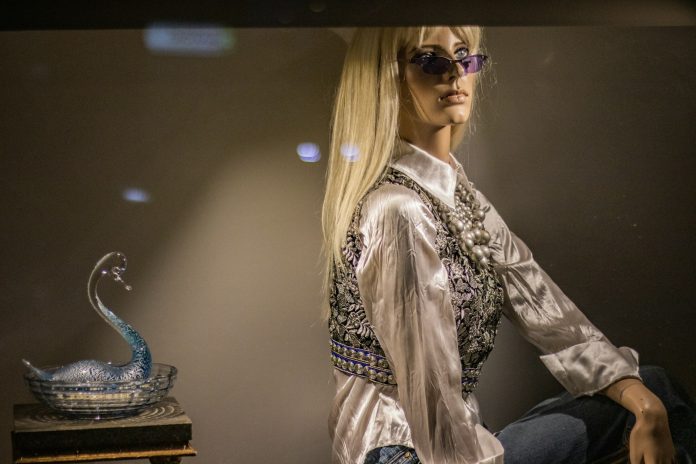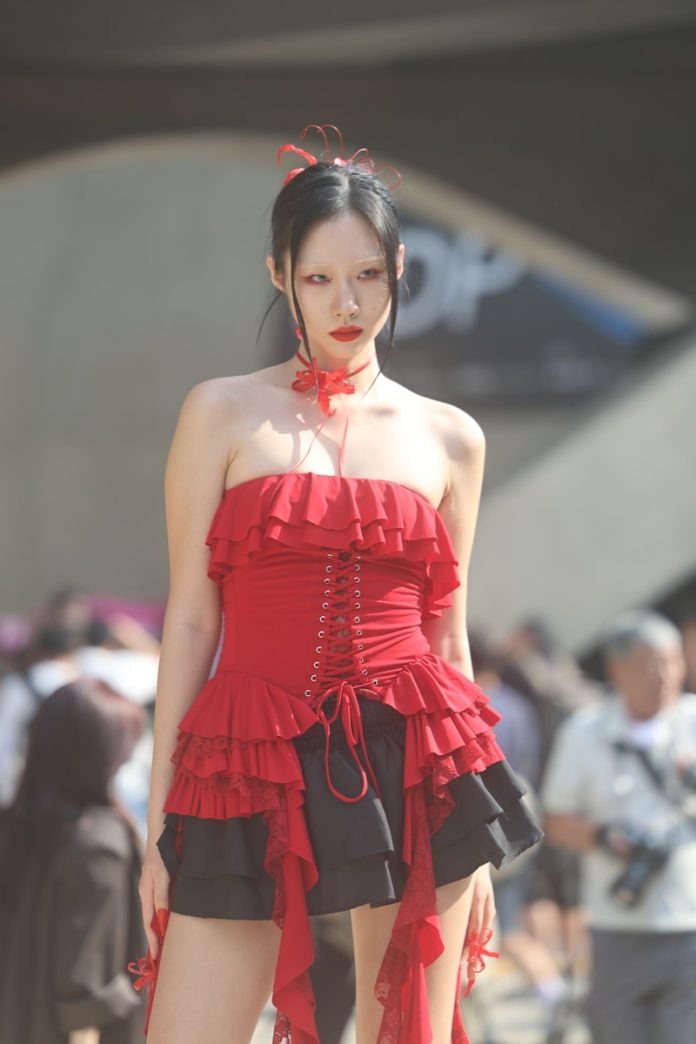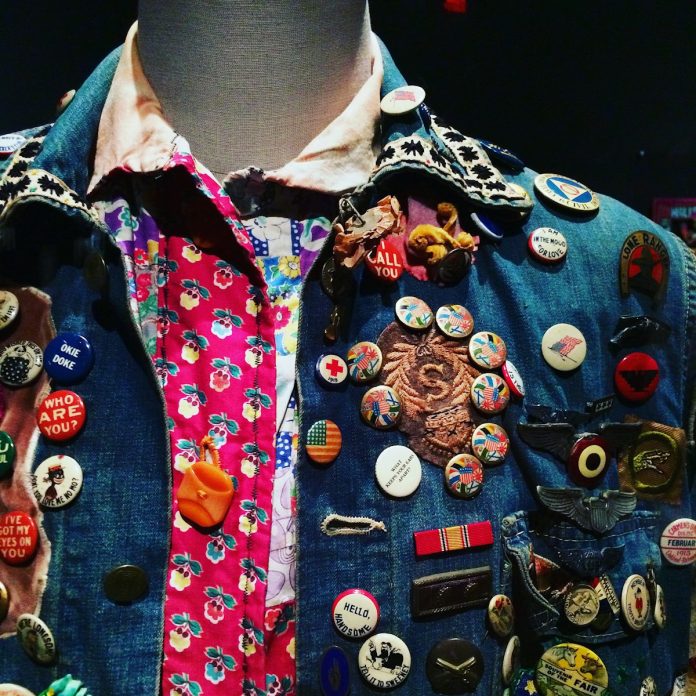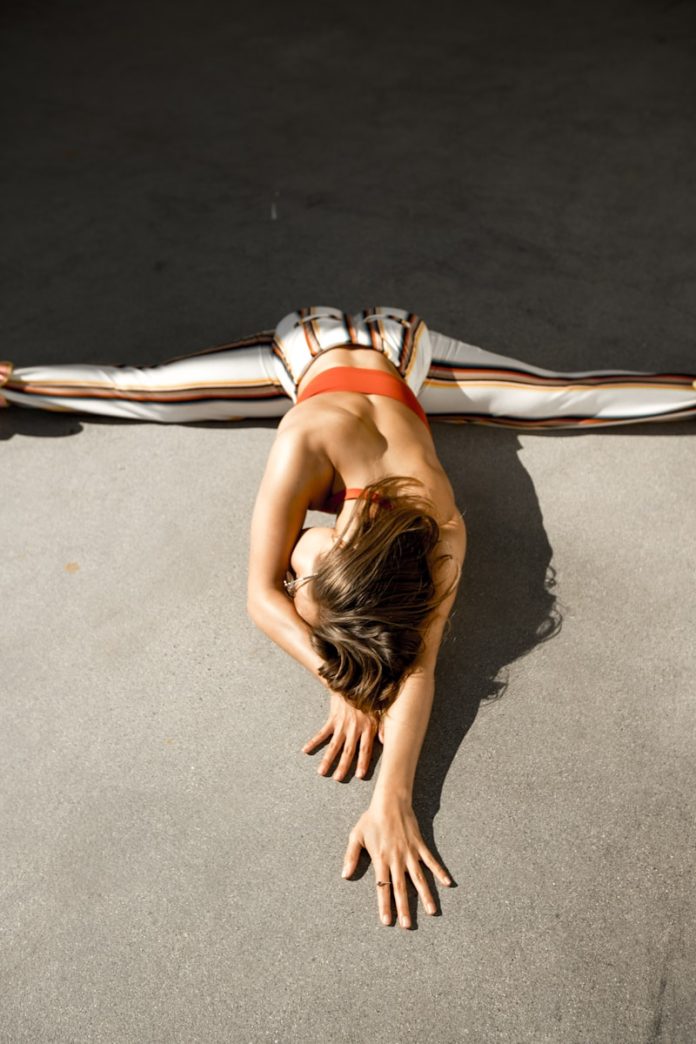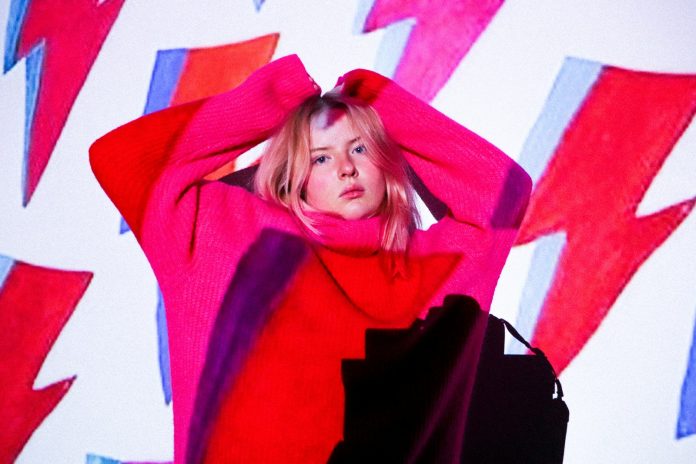In today’s fashion landscape, the boundary between gym attire and street style has nearly vanished. What began as purely functional—clothes designed for movement, breathability, and performance—has evolved into a lifestyle statement that embodies comfort, confidence, and urban cool. This phenomenon, often described as fitwear-as-streetwear, signals a deeper cultural shift. The rise of “second-skin” dressing reflects how people now see fitness not just as an activity but as an identity. Activewear has transitioned from sweaty workout sessions to everyday wardrobes, reshaping what it means to be stylish, practical, and empowered.
This essay explores how fitwear transcended its athletic roots to become a defining feature of modern fashion, examining its cultural impact, design evolution, and enduring appeal as the new uniform of the 21st-century urbanite.
The Birth of the “Second Skin” Movement
The concept of “second skin” fashion emerged from the pursuit of performance. In the early 2000s, fitness apparel brands like Nike, Lululemon, and Under Armour began engineering fabrics that fit like a glove—tight yet flexible, breathable yet durable. These clothes were designed to enhance movement, wick away sweat, and support the body’s natural shape. The snug, sculpting fit was meant to empower athletes to move freely without distraction.
However, what designers didn’t predict was how naturally these clothes would cross over into everyday life. As the world embraced wellness culture and self-care trends, people began to wear their gym gear outside the gym. Leggings, once confined to yoga studios, became daily essentials. Sports bras turned into crop tops, and trainers became status symbols. What was initially about performance evolved into presence: how you looked and felt while moving through life.
The Fitness Culture Takeover
The rise of fitwear as streetwear can’t be separated from the cultural obsession with health, productivity, and image. The 2010s brought with them the explosion of fitness influencers, wellness blogs, and Instagram aesthetics centered around clean living and “fitspiration.” Being healthy became not just a goal but a lifestyle to be displayed. Fitwear became the uniform of this new identity—signifying discipline, energy, and confidence.
Unlike traditional fashion trends that often rely on exclusivity, fitwear resonated because of its inclusivity. Anyone could participate. Whether you were an athlete, a busy parent, or a creative professional, fitwear allowed you to look active, ready, and self-assured. The clothes projected a message of purpose and vitality—a visual shorthand for someone in motion, both literally and metaphorically.
As wellness culture merged with urban style, it became clear that the fitwear aesthetic had something that high fashion lacked: authenticity. It wasn’t about appearing rich or elite; it was about looking strong, empowered, and capable. Fitwear represented a kind of modern armor for the body and mind.
The Rise of Athleisure: Fashion Meets Function
The term athleisure officially entered the mainstream around 2015, but the roots of fitwear-as-streetwear stretch further back. Designers began noticing that people were willing to pay for clothing that could transition seamlessly from workout to workday. This dual-purpose mindset gave rise to a design philosophy rooted in functionality without sacrificing style.
Brands like Lululemon, Alo Yoga, and Outdoor Voices spearheaded the movement by creating sleek silhouettes and neutral color palettes that could blend into everyday wear. Soon after, luxury fashion labels such as Alexander Wang, Stella McCartney, and Balenciaga caught on, incorporating sporty aesthetics into their collections. High-end collaborations—like Adidas x Stella McCartney and Nike x Off-White—cemented fitwear’s credibility in the luxury fashion world.
These collections didn’t just mimic athletic gear; they redefined it. Joggers became tailored. Hoodies turned minimalist. Leggings were upgraded with sculpting technology and glossy finishes. Suddenly, performance wear was no longer an afterthought—it was the core of modern fashion design.
Streetwear and the Spirit of Movement
The union of fitwear and streetwear wasn’t accidental—it was inevitable. Streetwear, with its roots in skate culture and hip-hop, has always championed authenticity and mobility. It values function over formality, comfort over constraint. Fitwear naturally aligns with those same principles. Both styles celebrate self-expression through movement and accessibility.
In cities like New York, London, and Tokyo, this fusion became part of the urban rhythm. Sneakers—once reserved for athletes—became collectors’ items and fashion statements. Oversized hoodies, track jackets, and leggings migrated from locker rooms to sidewalks. The fitwear aesthetic, streamlined and body-conscious, paired effortlessly with streetwear’s oversized, layered silhouettes, creating a balanced look that was both casual and intentional.
Streetwear’s cultural fluidity also helped democratize fitwear. No longer just for gym-goers, it became the language of modern street fashion—where a pair of leggings could be styled with a trench coat, and running shoes could sit under a designer skirt. This adaptability made fitwear universally appealing.
Fitwear and the New Definition of Body Confidence
What truly sets fitwear apart is how it changed perceptions of body image. Traditional fashion has often celebrated unattainable ideals—slenderness, symmetry, perfection. Fitwear, on the other hand, celebrates strength, mobility, and individuality. The rise of body-positive fitness movements encouraged brands to design clothing that flatters all shapes rather than hides them.
The “second skin” effect of modern fitwear is not just physical—it’s psychological. Wearing form-fitting pieces can make people feel grounded in their bodies, connected to their movements, and proud of their natural shape. This empowerment is central to why the trend endures. Fitwear doesn’t just showcase the body—it honors it.
Social media platforms further fueled this movement. Influencers like Kayla Itsines, Chloe Ting, and Whitney Simmons built massive followings by showing real bodies in motion, not airbrushed perfection. Their followers didn’t just buy their workout programs—they bought their fitwear too, seeing it as a symbol of self-improvement and self-expression.
The Sustainability Challenge
However, as with all fashion revolutions, the rise of fitwear-as-streetwear brings new challenges—particularly around sustainability. Many activewear brands rely on synthetic fibers like polyester, nylon, and spandex, which have environmental drawbacks. These materials are durable and stretchable but not always eco-friendly.
In response, new-generation brands are pioneering sustainable alternatives. Companies like Girlfriend Collective and Pangaia are producing fitwear from recycled plastics and plant-based textiles, merging performance with purpose. The modern consumer no longer wants to choose between ethical responsibility and aesthetic appeal—and the best fitwear brands are listening.
This evolution is pushing the industry toward circularity: making clothes that last longer, use fewer resources, and can eventually be recycled. In this way, the second-skin philosophy extends beyond personal comfort to global consciousness.
The Future of Fitwear: Tech, Fashion, and Function
As technology continues to shape fashion, fitwear is at the forefront of innovation. Smart fabrics that monitor heart rate, temperature, and hydration levels are transforming clothing into performance tools. Imagine leggings that correct your posture or tops that adapt to your body temperature throughout the day—this is no longer science fiction.
Moreover, digital fashion and the rise of virtual influencers are expanding fitwear’s reach into the metaverse. The idea of a “second skin” now transcends the physical, extending into digital identities where avatars sport sleek, futuristic activewear. Whether on the street or online, the aesthetic of fitwear remains constant: sleek, adaptable, and personal.
Beyond Fashion: A Lifestyle Philosophy
Fitwear as streetwear isn’t merely about comfort or aesthetics—it’s a lifestyle statement. It reflects a world where people value movement, flexibility, and authenticity over rigid formalities. In a fast-paced society, people want clothes that move as freely as they do. This mindset is part of a broader cultural transformation that prioritizes balance: between work and wellness, structure and spontaneity, performance and peace.
The beauty of the fitwear revolution is that it blurs distinctions. It’s professional yet relaxed, athletic yet chic, practical yet expressive. It celebrates individuality without demanding perfection. In a sense, fitwear has become the visual language of modern life—one where every day is an opportunity to move, evolve, and express oneself fully.




